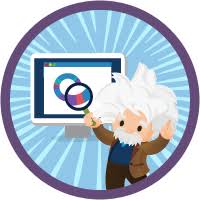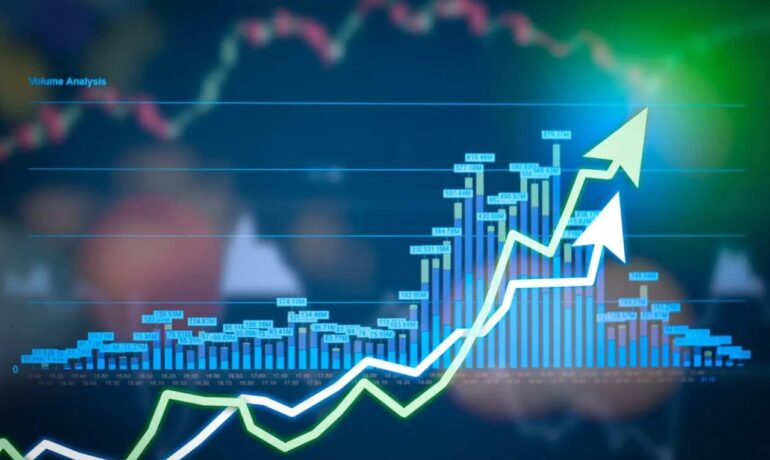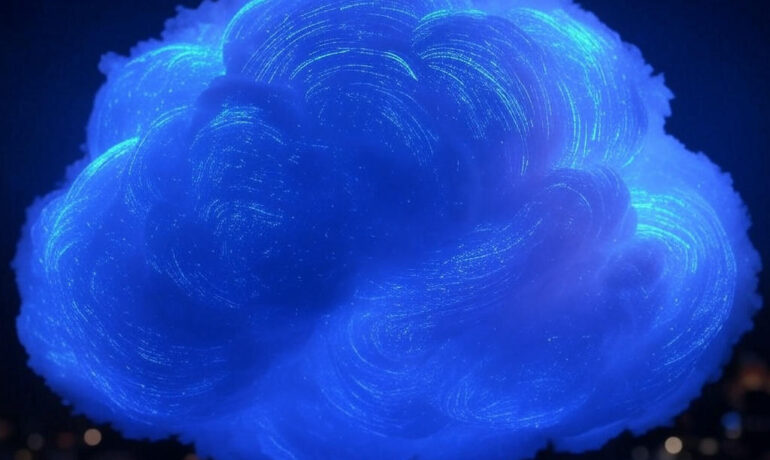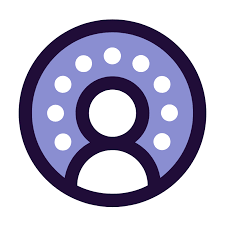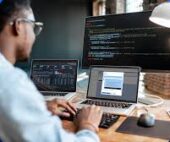Salesforce Integrates Own Co. Capabilities
Salesforce Integrates Own Co. Capabilities to Strengthen Data Resilience, Security, and AI Readiness Salesforce has fully integrated Own Co.’s data backup, recovery, and security solutions into its platform, equipping partners and customers with enhanced tools for data resilience, compliance, and security—critical foundations as businesses adopt AI-driven solutions. Marla Hay, Vice President of Product Management for Security, Privacy, and Data Management at Salesforce, emphasized in an interview with CRN that these new capabilities are essential as partners guide customers through AI adoption. “Before launching any major AI initiative, ensuring robust data backup and hygiene is critical,” Hay said. “With AI and autonomous agents, the quality of insights depends entirely on the integrity of your data. These new tools help businesses minimize risk while maximizing AI’s potential.” Key Enhancements for AI and Security The integration empowers solution providers to: “Clean, well-managed data isn’t just about compliance—it accelerates operations, enhances customer experiences, and ensures accuracy,” Hay added. Salesforce announced its acquisition of Own Co. in September 2023, bringing over 7,000 customers into its ecosystem. The newly integrated features include: 1. Secure Data Masking & Sandbox Testing 2. Enhanced Monitoring & Threat Detection 3. Robust Backup & Recovery 4. AI-Ready Data Insights with Salesforce Discover 5. Cost-Efficient Data Archiving Why This Matters for AI Adoption As businesses increasingly rely on AI agents and predictive analytics, ensuring data integrity, security, and recoverability is non-negotiable. Salesforce’s integration of Own Co.’s capabilities provides a low-risk pathway to cleaner, more resilient data—ultimately leading to: For partners and customers, these enhancements mean smoother AI deployments, reduced risk, and better business outcomes. Interested in leveraging these new capabilities? Contact Tectonic today. Like Related Posts Salesforce OEM AppExchange Expanding its reach beyond CRM, Salesforce.com has launched a new service called AppExchange OEM Edition, aimed at non-CRM service providers. Read more The Salesforce Story In Marc Benioff’s own words How did salesforce.com grow from a start up in a rented apartment into the world’s Read more Salesforce Jigsaw Salesforce.com, a prominent figure in cloud computing, has finalized a deal to acquire Jigsaw, a wiki-style business contact database, for Read more Service Cloud with AI-Driven Intelligence Salesforce Enhances Service Cloud with AI-Driven Intelligence Engine Data science and analytics are rapidly becoming standard features in enterprise applications, Read more




